Since the Supreme Court decided Dobbs v. Jackson Women’s Health Organization, many have feared and experienced significant harm from the uncertainty that came in its wake. After Dobbs, many states put stronger limits on abortion into effect. All of them included exceptions for cases in which the mother’s life was in danger, as many abortion laws have for nearly a century. Under those laws, legal scholarship has shown that no doctor has been prosecuted in a case where the life of the mother is at risk. Fear of criminal charges are clearly unfounded and are being stoked by reckless lack of guidance and misinformation.
Still, we’ve heard numerous stories of doctors refusing to treat women because they feared legal consequences. Predictably, this has left women who needed care and support more sick and hurt than they were before. Truly, we must work to prevent such tragic outcomes. But the way to accomplish that is not by making abortion available on demand for any reason. Physicians and governing organizations must make it clear that doctors should not fear criminal charges to save the life of a mother.
In an opinion published July 2, it was suggested that new pro-life laws, passed to protect the lives of both the mother and the developing baby, are ultimately to blame. It was asserted that a woman in Idaho was denied life-saving medical care because her doctors feared criminal charges, and she traveled to Oregon to obtain an abortion. But as the law currently stands in Idaho, there can be no confusion—the abortion limit does not apply to saving the life of the mother.
So why are physicians confused? Is every abortion limit inherently full of uncertainty? That cannot be the case. For nearly 100 years, abortion limits have had exceptions in cases of preserving the life of the mother. Widespread confusion about the legality of life-saving procedures did not appear until the weeks and months following Dobbs.
So life-of-the-mother exceptions have existed for decades, and doctors haven’t had such difficulty understanding when the exceptions applied until very recently. What changed? First, pro-abortion activists began casting doubt on clear life-of-the-mother exceptions. Unsurprisingly, physicians began to have concerns. Their doubts were compounded by the lack of guidance (and, in some cases, misinformation) from regulatory bodies, medical boards, and professional organizations. It comes as no surprise that harm to pregnant women and unborn humans followed.
Admittedly, Idaho’s abortion limits put into effect in August of last year were not ideal, as it made the life-of-the-mother exception an “affirmative defense” to charges of criminal abortion, meaning doctors would be acquitted if they showed in court that they acted to save the life of the mother. However, as of July 1 of this year, the law was amended to exempt life-saving procedures from the definition of criminal abortion. One would expect physicians with credentials in public health to be informed about such substantial changes in the laws they criticize.
With the amendments, there should be no more fear when doctors act to save the life of the mother. While there were problems with the law previously, pro-life lawmakers amended it to make their intent clear: physicians can and should provide life-saving care to the mother and her unborn child when their lives are at risk without fear of criminal charges. To suggest otherwise is nothing less than reckless and negligent toward the lives of both mothers and developing babies.




